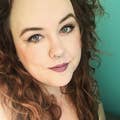
As Black Lives Matter protests swelled across the US, my Twitter, Instagram, and Facebook feeds were flooded with images from the protests along with messages of solidarity.
But there was one platform where this content was noticeably absent: TikTok.
Protest and Black Lives Matter content are huge on the app right now, with 4.5 billion views and counting. But your user habits may determine how much of it you'll see.
TikTok's algorithm can be tough to crack, thanks largely to the fact that the company, owned by China's ByteDance, is tight-lipped on precisely how it works. What we do know is that it's different from other social media, such as Twitter, which mainly shows content from accounts you've chosen to follow. Instead, on TikTok, the "For You" tab displays content the algorithm predicts you will like, based on who you've followed, what you've liked, and what you've watched.
That algorithm can make the app powerfully addictive and fun, but like other social media platforms, it may also be cutting out whole swaths of content that you'll never get to see.
I ran an experiment by creating two fresh accounts on TikTok. With these accounts, the only bias they start with is knowing my location — Toronto — which brings up content made near me.
For the first account, which we'll call account A, I scrolled through the For You page, liking and following both black creators and content related to the protests and Black Lives Matter. This took some time, as I found this content came up infrequently despite Black Lives Matter being highlighted first on the app's Discover page.
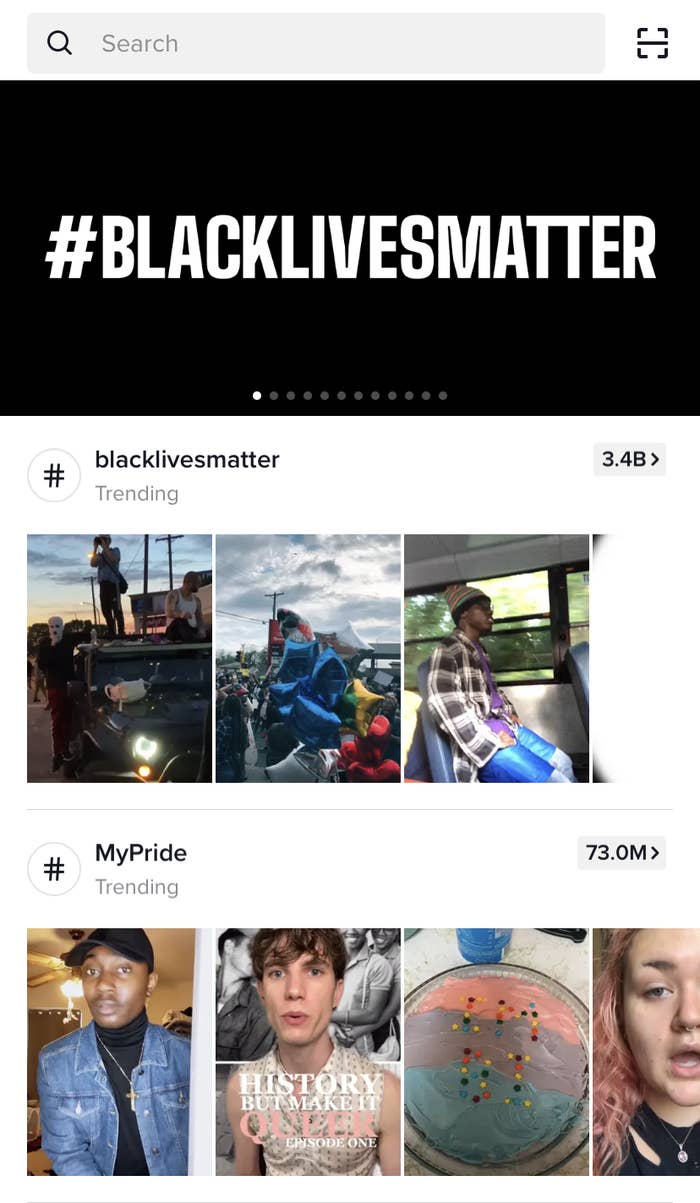
The first thing I noticed is that when I followed a black creator, the app was likely to recommend other black creators to follow.
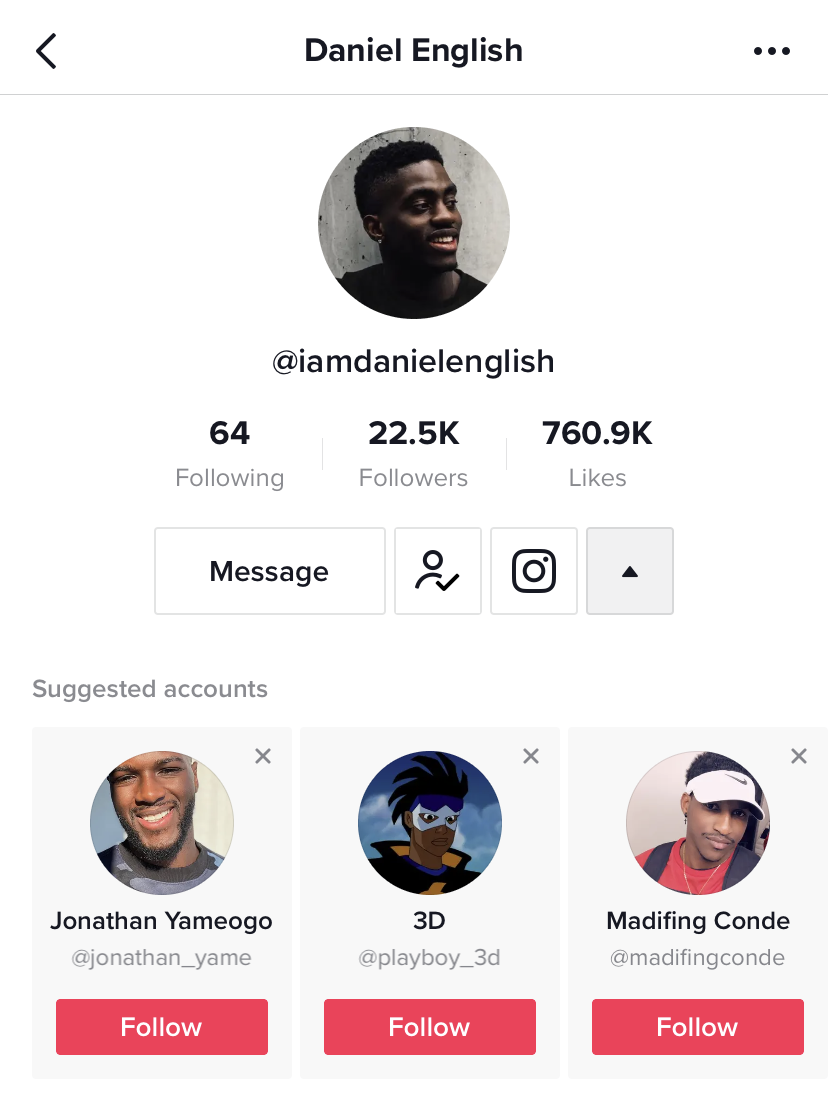
This has been shown before in a small experiment from Marc Faddoul, a researcher at the School of Information at the University of California, Berkeley. He found that when you follow someone new on TikTok, the accounts it recommends you also follow tend to be creators who look the same. So if you follow a white man, the app is likely to recommend other white men to follow.
At the time, TikTok told BuzzFeed News that it uses "collaborative filtering," which recommends new accounts based on whom other people follow.
"Our recommendation of accounts to follow is based on user behavior: Users who follow account A also follow account B. So if you follow A, you are likely to also want to follow B," a spokesperson said.
Within about 30 minutes of scrolling, liking, and following, my For You page was dominated by protest content as well as content from black creators, even if they were talking about a completely different topic.
Then I created account B and tried a different approach. In this case, I followed creators and liked content that didn't touch on Black Lives Matter. These videos featured mainly — but not exclusively — white creators.
Again, I found that following an account tended to recommend other users of the same race.
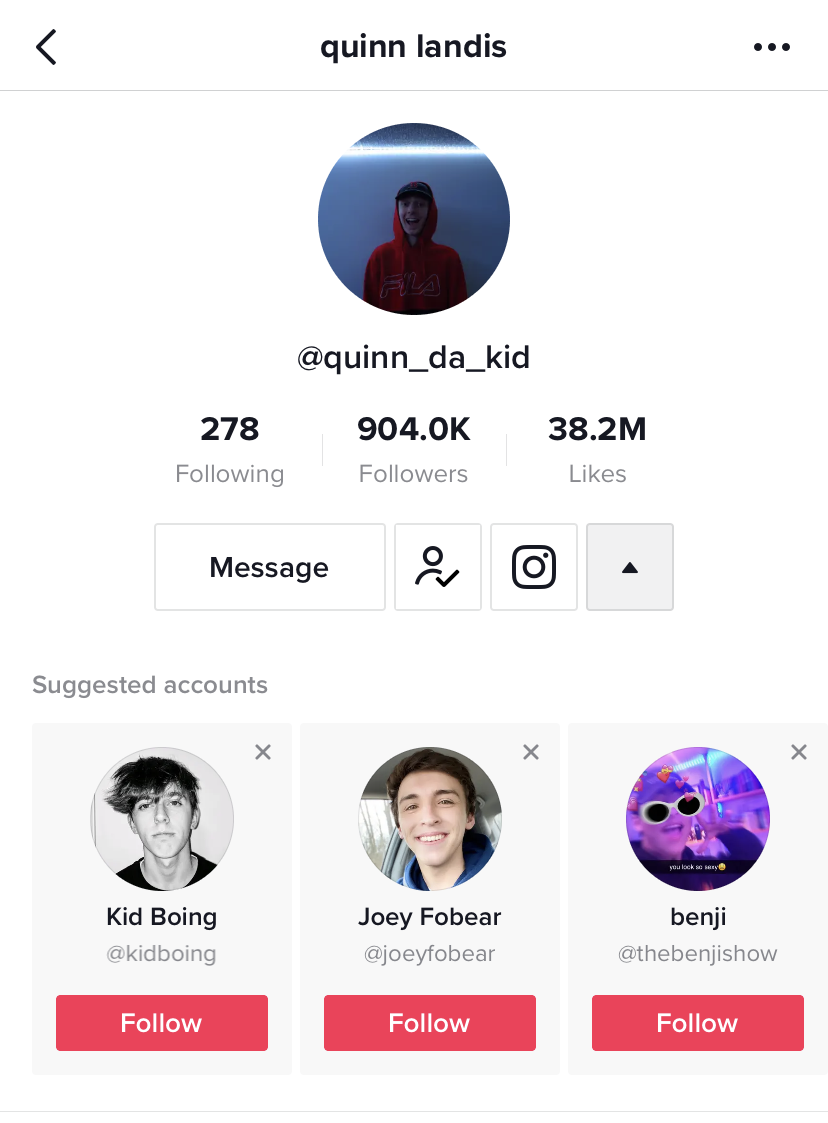
The number of black creators and the amount of Black Lives Matter content reduced over time. This content wasn't totally absent — which shows TikTok does do some work to break you out of your bubble — but the difference was noticeable.
Another factor is verified accounts. With a fresh TikTok account, popular verified creators are among the first users you'll see on the For You page, which is why in both account A and account B, Will Smith was one of the first black creators I saw.
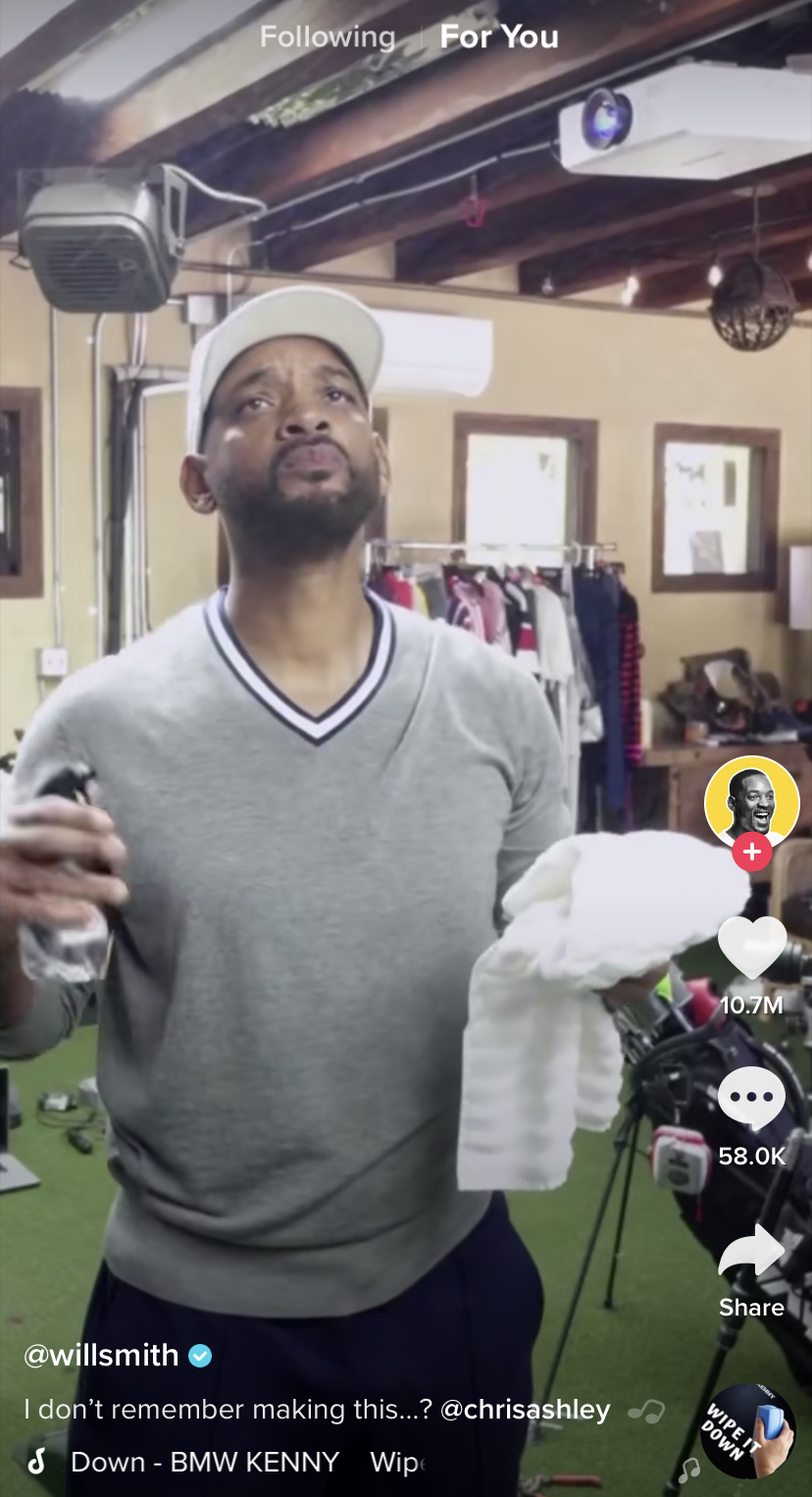
Racial issues on TikTok have long been simmering and in fact kicked off a movement to address inequality on the app. According to CNN, Lex Scott, the founder of Black Lives Matter Utah, started the campaign, encouraging people to follow black creators, like content by black creators, and change their profile pictures to a black fist.
"I did this because black creators are being silenced on TikTok and other social media platforms and I am fed up. Our videos are taken down and our accounts are banned when we speak against racism," Scott told CNN.
Many people have participated in the movement, which showed in my experiment. Even on account B, where there were fewer black creators, many accounts still had the black fist as their profile picture.
On Monday, Vanessa Pappas, general manager of TikTok US, and Kudzi Chikumbu, director of creator community, posted an apology to the black community on TikTok's blog.
"First, to our Black community: We want you to know that we hear you and we care about your experiences on TikTok. We acknowledge and apologize to our Black creators and community who have felt unsafe, unsupported, or suppressed," they said. "We don't ever want anyone to feel that way. We welcome the voices of the Black community wholeheartedly."
Also of note is that in neither experiment was I exposed to anything particularly political or potentially controversial, such as pro-police content or partisan politics.
All that to say, it's clear that TikTok may suffer from the same sort of bias as other social media sites, despite the function of the For You page. It's known as the "filter bubble" — social media apps feed us posts they think we want to see it, confining us to only seeing content that confirms our preconceptions.
That's why on Facebook, for example, your feed might be filled only with political views that align with your own.
Kathleen Hall Jamieson, director of the Annenberg Public Policy Center at the University of Pennsylvania, has researched and written about this effect. She said platforms are invested in keeping you on their apps, so their algorithms are aggressive in feeding content they think you'll like.
"If you can get into an enclave where you’re not thinking about a topic at all, you’re in a completely different space," she told BuzzFeed News. "You’re not even aware that your world is now being shaped by that media experience."
She added that, historically, movements have been heavily influenced by media.
"Media is a powerful means of perspective-taking," she said. "Attitudes toward civil rights were escalated in the '50s and '60s because of pictures of injustice we saw on television because people were able to engage in perspective-taking."
The difference now is that media is less concentrated: It's much easier to create a bubble, and platforms have a financial interest in keeping you there.
"But the reality is the way they optimize the profit structure is to increase the likelihood that you stay with them, so they’re highly sensitive to what you engage with," Hall Jamieson said.
TikTok told BuzzFeed News that, "like virtually all social platforms," its algorithm takes user preference into account.
"This helps surface content people are likely to find relevant and resonant. TikTok's systems also work to intersperse recommendations that might fall outside these expressed preferences to give an opportunity to discover new categories of content," a spokesperson said.
"Doing so enriches user experience and can also help promote exposure to diverse ideas and perspectives on our platform."
As for my own main account, which has been studying my behavior since October of 2018, the lack of protest content comes down to the algorithm but also my own behavior.
While there are plenty of LGBTQ creators and cats on my For You page, the lack of black creators comes down to what the blackout movement gets at: Raising the profile of black creators on TikTok requires users to actively invest in that community.
Hall Jamieson said breaking the bubble means you must "deliberately go and find content that signals that you’re interested in that kind of content."
